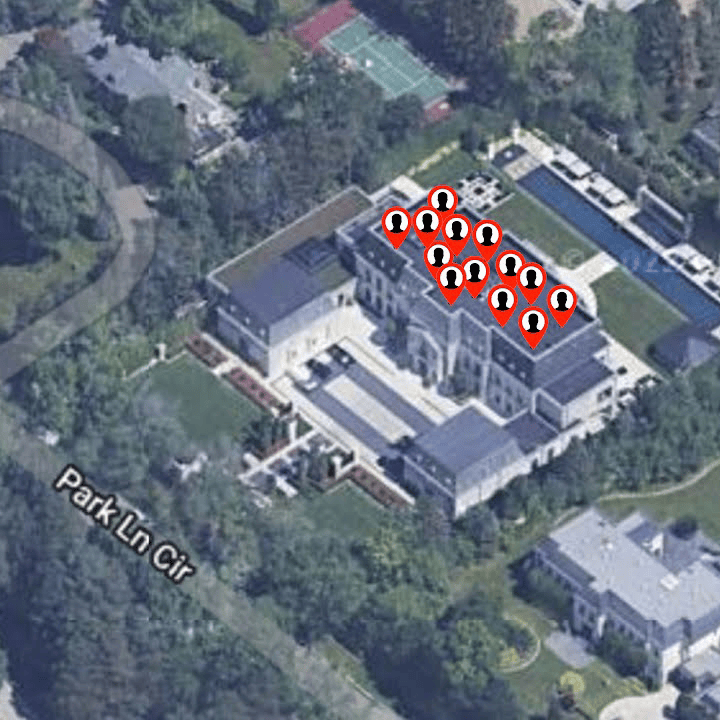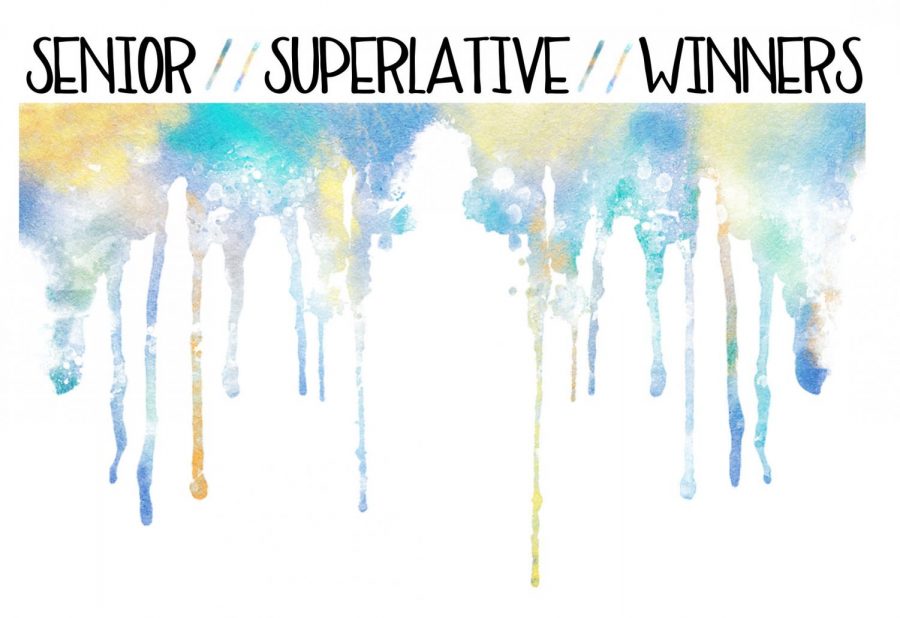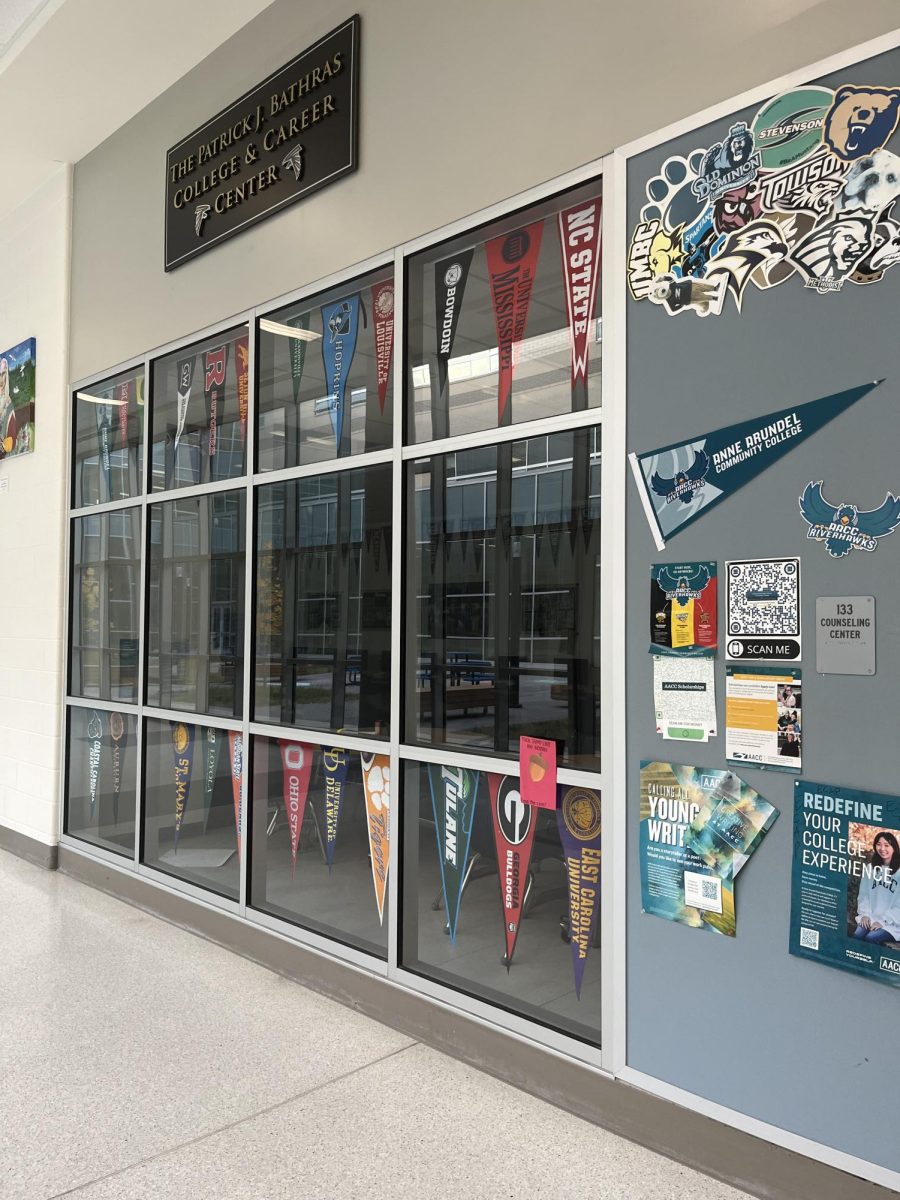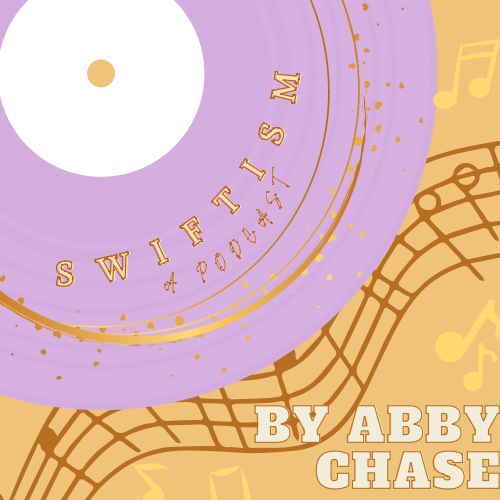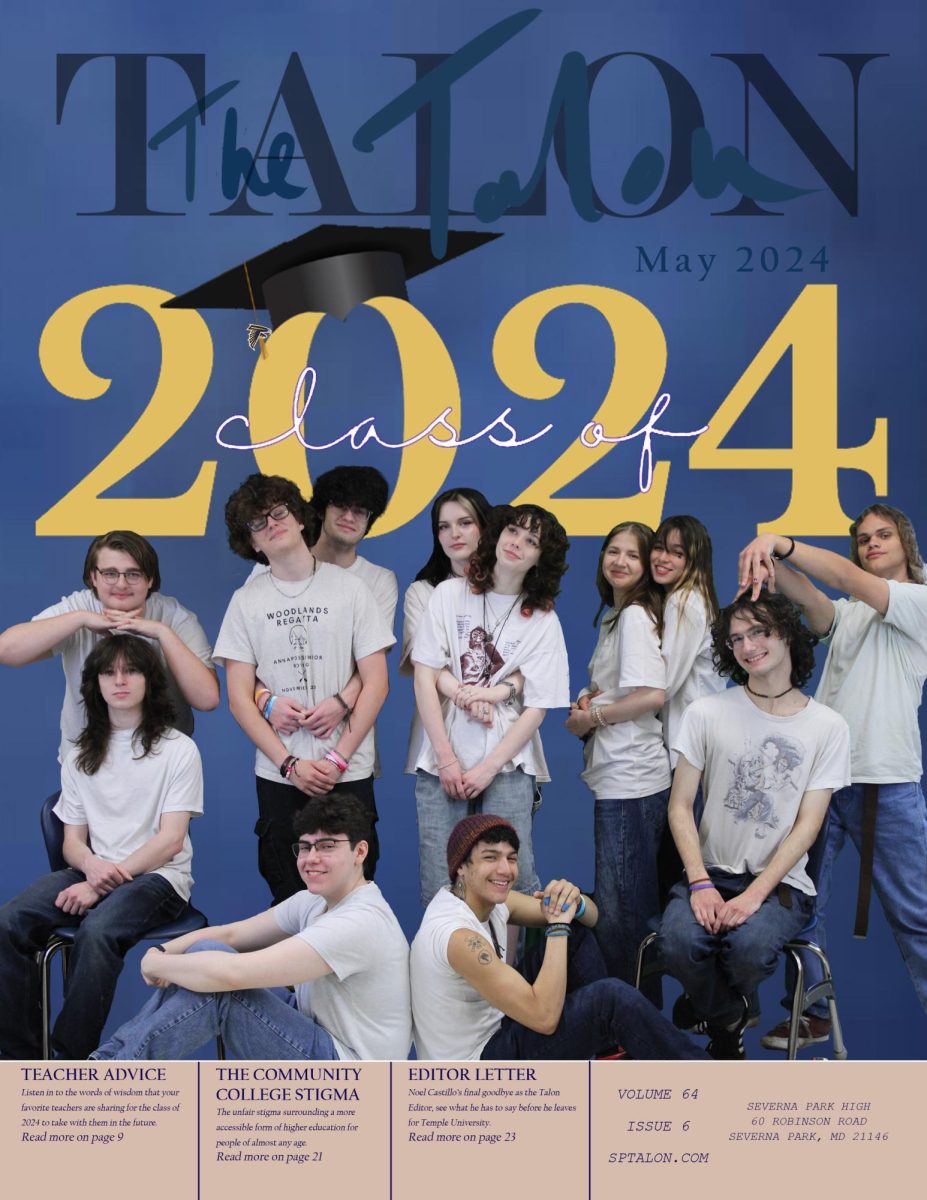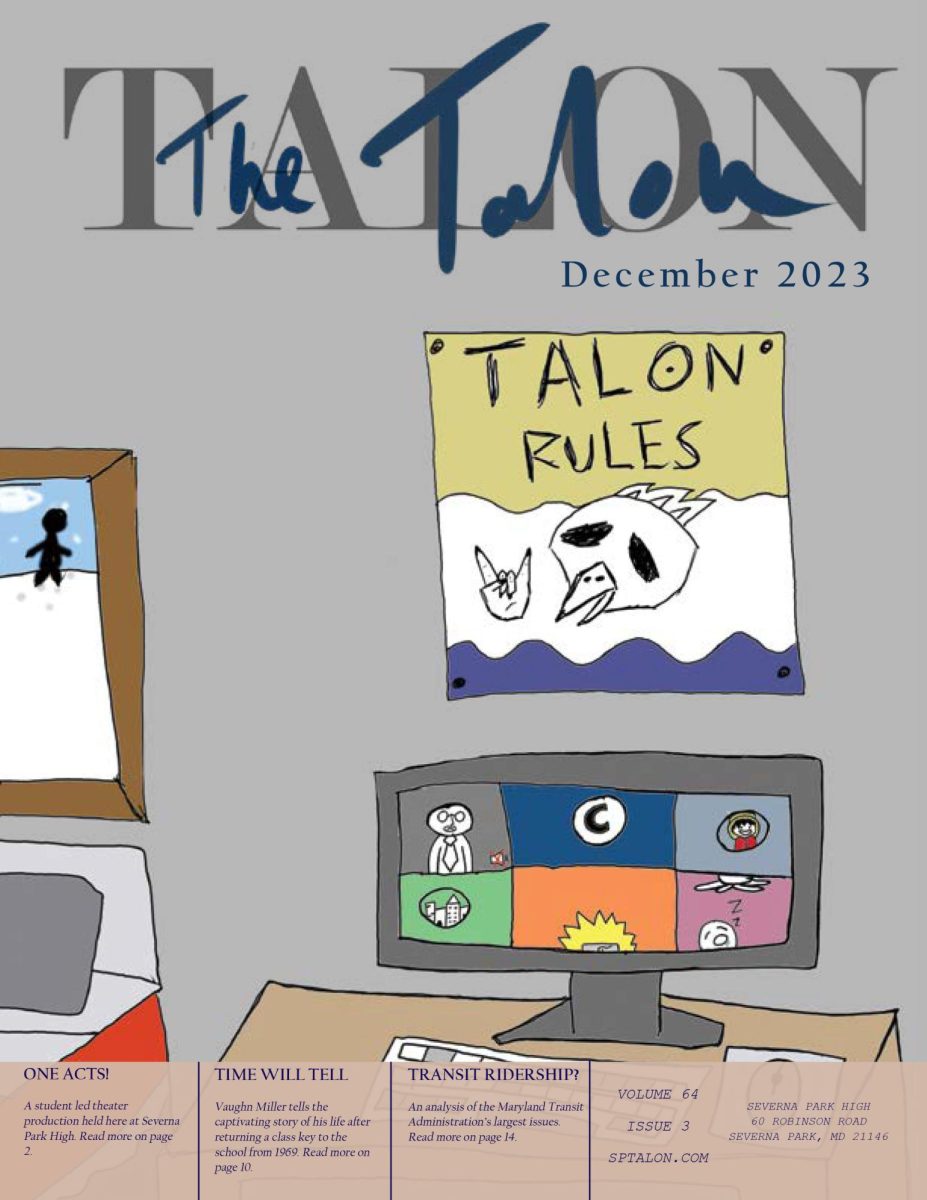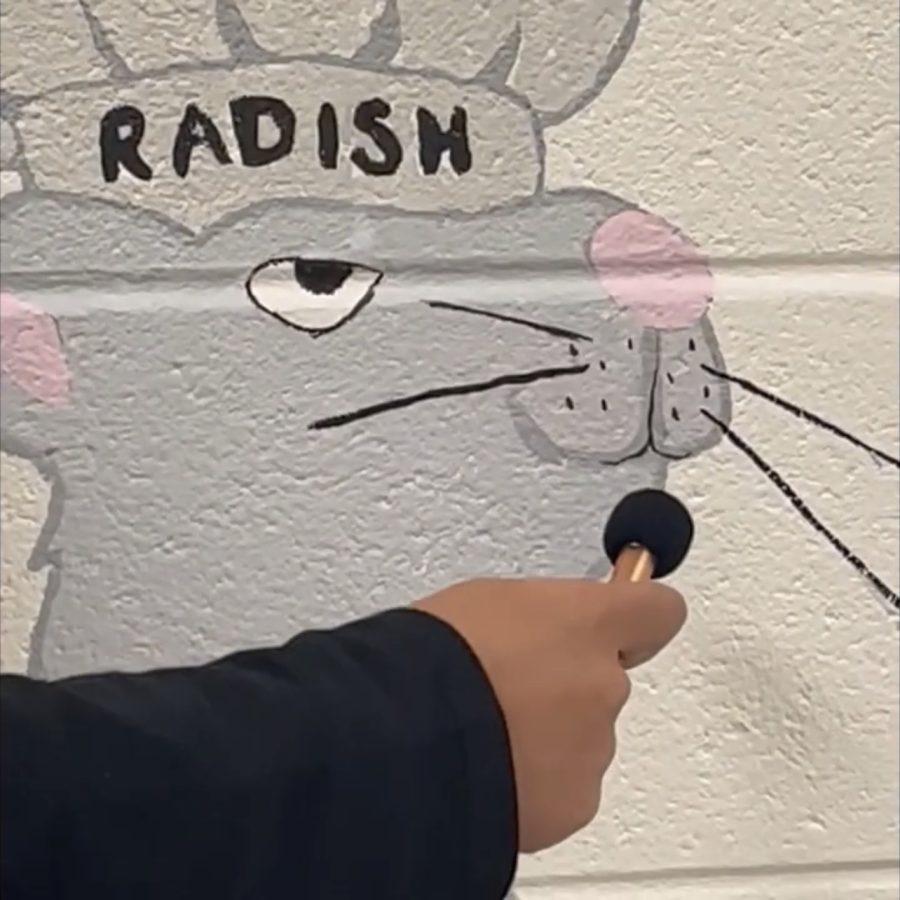One of the most stressful parts of senior year is waiting anxiously by the computer waiting to see the word, Congratulations. College application and eventually acceptances or rejections take up the bulk of senior-year outside of classes. But how do these applications work? And how to be a strategic applicant?
The first step of the college application process is deadlines. Looking at deadlines can help them plan out their senior year strategically and efficiently. The application season is broken up into anywhere from 4-5 different deadlines that each differ. First is Early Action. Early Action is a non-binding application that students can fill out and find out before Regular Decision. This differs from Early Decision which is a binding contract. That means that if a student applies Early Decision, they are contractually obligated to attend that school and they have to attend. Some colleges may offer a way out of this but the majority will not. For students with a top choice school, or schools if applying Early Action, these two forms may fit best. Early Decision and Action deadlines are in Oct and Nov but some schools may offer a later Early Decision deadline around the same time as Regular Decision. The next two types of application deadlines are Regular Decision and Rolling Admission. Regular Decision is how most students will apply to college. Students will get a rejection or acceptance in March and they will have more time to complete the application since it is due in Jan. Rolling Admission differs from the rest. Deadlines may be later and results come in sooner. Rolling Admission can be a great choice for students who have been rejected from most schools and are looking to apply last minute after seeing other options. Results from Rolling Admission come in within four to six weeks according to BestColleges.com. Applying later does have some downfalls though because students will be considered for scholarships and financial aid later than the students who applied earlier.
The next part of the application process is financial aid. The two main forms of financial aid come from the FAFSA form, which stands for Free Application for Federal Student Aid, and the CSS profile, which stands for College Scholarship Service. Any student applying to college will likely fill out the FAFSA form and the CSS profile. These two forms can make college seem a little more in reach, especially if the school the student wants to attend accepts a sibling discount based on the CSS Profile, making college tuition cheaper when the student’s sibling is in college. The FAFSA form and CSS Profile are submitted on different sites, students and their parents call fill out the FAFSA form on the FAFSA website and the CSS Profile on CollegeBoard, differ in deadlines, CSS Profile is generally submitted on Oct 1 but may differ from school to school and FAFSA in Maryland is due March 1 and differ in cost, FAFSA is free but the CSS Profile has an initial application fee of $25.
When students are ready to start filling out their actual applications and apply to schools, they will need a Common App account. Common App is the place where students will submit most applications, it is worth noting that most colleges do accept and use Common App for student applications but there are a select few colleges that do not. Common App takes students through all of the different requirements. These include a copy of the student’s high school transcript, a list of their activities, test scores, which may be optional depending on the colleges the student applied to, parent or legal guardian information and academic honors or achievements. Next the student will create an account, add supporters such as teachers and counselors and begin on essays. There are some universal essays that a student may have to submit but there will also be college specific essays that the student will be required to submit as well.
The application process will likely be similar for most students, but the colleges that each student applies to will be very different. College is a business and when applying, students need to be savvy and spend their time well. There are five levels of admission selectivity, open enrollment, moderately selective, selective, highly selective and elite with these levels having 100% acceptance, more than 75% acceptance, 50-70% acceptance, 25-50% acceptance and less than 25% acceptance respectively. With this in mind, students should take in mind their own abilities, grades, and extracurricular activities. Colleges are looking holistically for students. That means that there are levels that they are looking at when reviewing applications. The first level that colleges look at is the academic fit. Does the student fit within the range of the college’s GPA? Does the student have a record of increasing rigor at their high school? Does the student fit within the range of the college’s SAT or ACT scores? Does the student have an appropriate class rank in relation to the school? If a student passes these, they move on to the next level of the review, the student. This is when the admissions board will look at personal essays, extracurriculars, diversity and volunteer experience. If a student passes this, they are closer to getting accepted. In this process of review, the admissions board will also be looking at financial aid, whether that is merit or need-based scholarships. Students should look at everything as a whole when deciding where to apply to. They should look at selectivity, their own academic and personal record and the college’s common data set. The common data set is a resource for students to help them apply intelligently. It gives information such as their average GPA of accepted applicants, average SAT or ACT score of accepted applicants, gender, race and nationality of accepted applicants as well as other statistics that can show students exactly what they value most when looking at applications which can be things such as academic record or demonstrated interest in the college. A student should look at these to determine whether or not they are a good fit for the school. SAT and ACT scores, for example, might not be a good thing to submit if the students’ scores are below the average for the college.
The college process is often a daunting one for students. But with the right information and statistics, students can better equip themselves to deal with the hardships of rejection, and the highs of acceptance as well as every step in between.
Categories:
A Stressful Senior Year
A Guide on How to Apply to College
Elsa Webster, Editor-in-chief
November 18, 2024
The SPHS College and Career Center where students can meet with regional admissions officers, get help on college essays, and receive advice on the application process as a whole.
0
More to Discover
About the Contributor

Elsa Webster, Editor-In-Chief
Elsa Webster: She is a junior and this is her third year writing for the Talon. She enjoys writing political and investigative journalism. Some of her favorite activities are screenwriting, watching tv and musicals, and spending time with her friends and family.


